What Does HACCP Stand For?
HACCP is an internationally recognized system for reducing the risk of food safety hazards as the products are handled, processed, and sold. What do these letters stand for, and how can your facility put their principles into practice?
HACCP stands for Hazard Analysis and Critical Control Points, and it is a management system that addresses food safety. A good HACCP plan analyzes the potential biological, chemical, and physical hazards that come up through the supply chain and addresses those risks. From raw material production and handling to processing, distributing and consuming the food, HACCP standards can identify critical control points, areas where a team can reduce, prevent, or eliminate a food safety hazard.
By closely examining every potential hazard, where they occur, and how the team involved can prevent them, food facilities put HACCP systems and procedures into practice and decrease any risks. In general, there are seven principles every HACCP plan must follow.
What Are The Seven Principles Of HACCP?
The Seven Principles Of HACCP are a set of guidelines that will ensure your company is producing safe food. These principles were created by the FDA and they are used in both large and small scale companies, as well as restaurants and other food service establishments across the country. Every HACCP plan follows seven principles to meet the stated goals of the facility:
- Conduct a Hazard Analysis: Listing the steps in the food handling or processing facility to identify where significant hazards can occur. These are hazards that can be prevented, eliminated or controlled by a HACCP plan.
- Identify Critical Control Points: A critical control point (CCP) is a step or procedure where a team can prevent or eliminate a food safety hazard or reduce it to acceptable levels. Actions that
- Establish Critical Limits: A critical limit (CL) is the maximum or minimum value to which a facility must control a biological, chemical or physical parameter to prevent or stop a food safety hazard or reduce it to an acceptable level. CLs include measures like time, temperature, pH, weight, etc.
- Monitoring Critical Control Points: Establishing monitoring procedures to measure CLs at each CCP. The procedures should include the team member responsible for taking the measurement, when they will take it, and how frequently they must perform this action throughout the production process.
- Establish Corrective Action: Corrective actions are the procedures that a team must follow when something goes too high or low beyond the CL. These include identifying the problem, examining how to correct it, and learning what a team must do to prevent the problem from recurring.
- Verification of the HACCP Plan: This step involves determining the validity of a HACCP plan and ensuring that the system operates according to it.
- Keeping Records: Recordkeeping proves that food products were made safely and following the international standards of HACCP. This final step must include information on the HACCP team, product descriptions, hazard analyses, the monitoring systems used, CCPs, CLs, the corrective actions, and the verification procedures.
Is HACCP Just For The Food Industry?
While HACCP finds its more relevant application in the food supply chain, it's used in many different industries! Cosmetics, pharmaceuticals, and other industries have applied it to their production lines. Any setting where critical control points can be identified for consumer protection will find the science-based principles of HACCP useful.
Even if you aren't in an industry that must have HACCP in Canada, earning your certification makes a lot of sense. If you're reaching out to overseas markets, HACCP can earn the trust of buyers and manufacturers. It's a standard recommended by the Codex Alimentarius Commission, the United Nations’ international standards organization for food safety, making it a solution for most companies around the world!
Frequently Asked Questions About HACCP
Hazard Analysis Critical Control Point (HACCP)
If you want to make sure that your food is safe and uncontaminated, HACCP just might be the answer. It's a framework for ensuring safety while also reducing risks as far as possible with all of its checks and standards in place.



